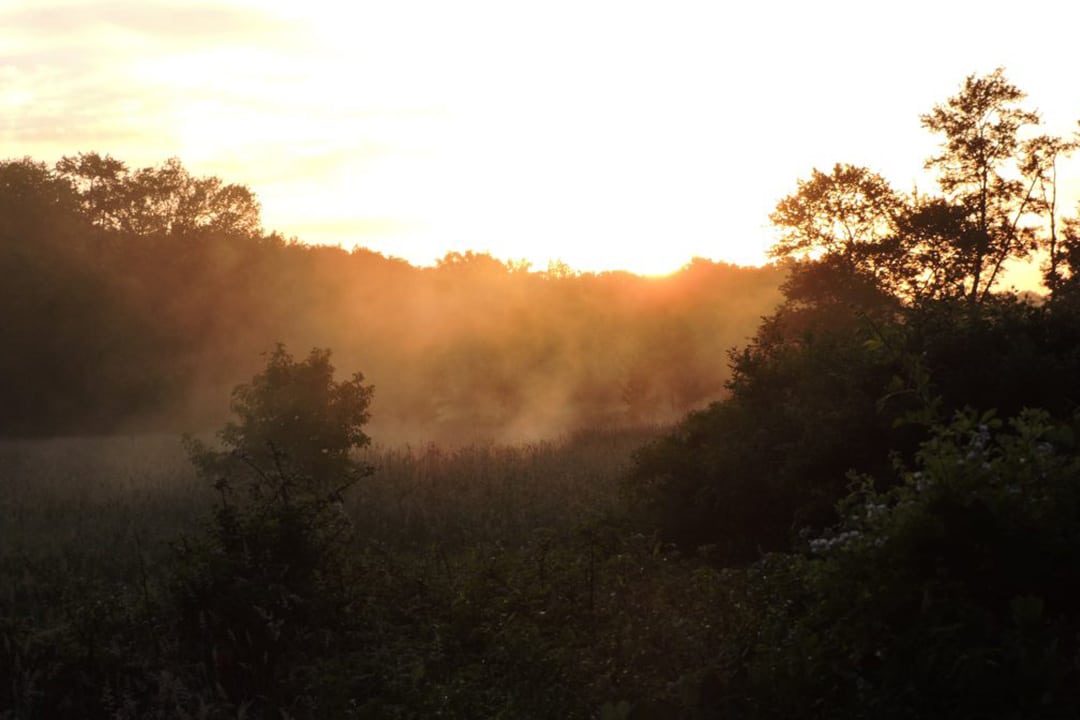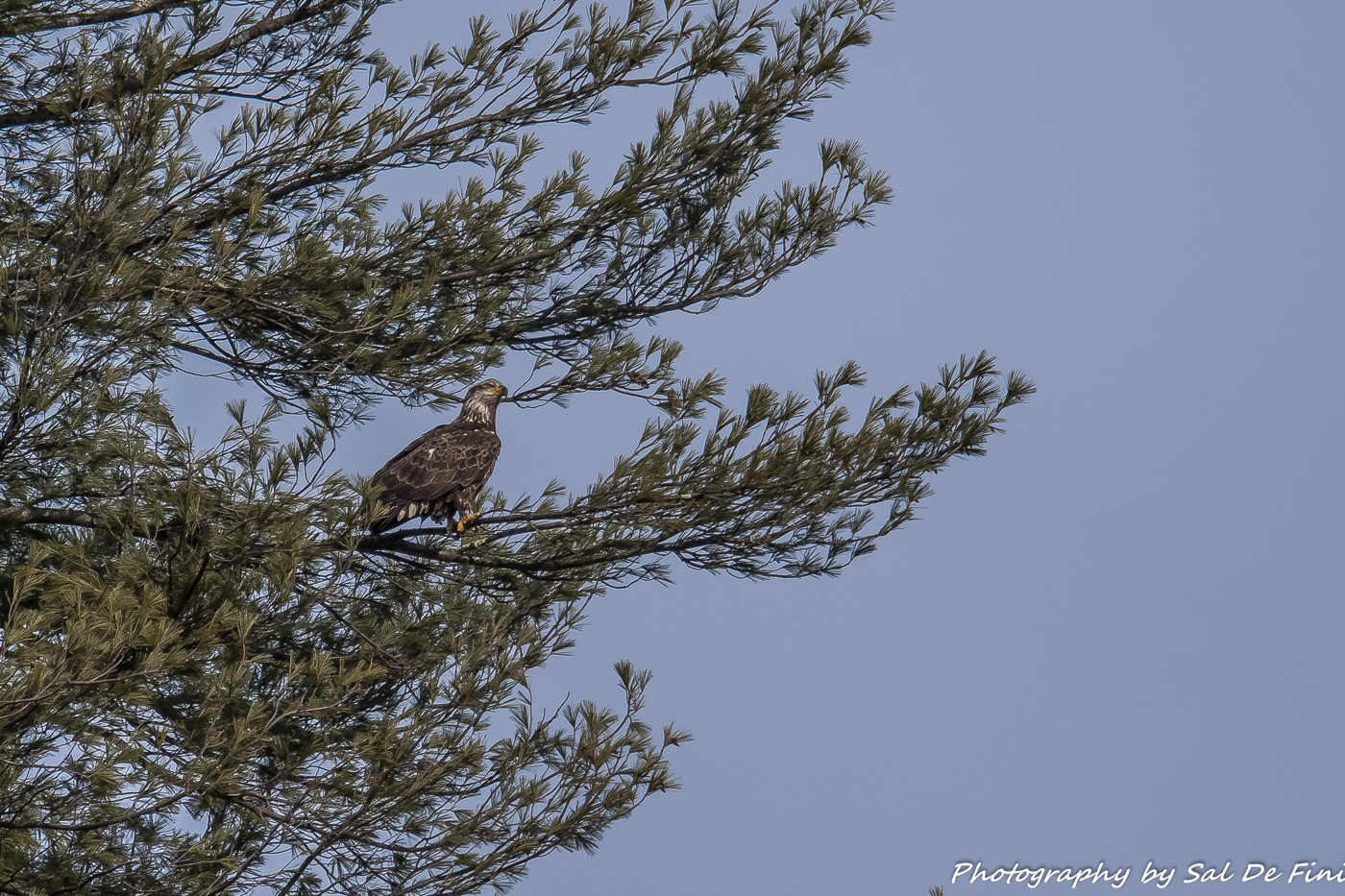Newsletter Subscription
Latest News
Calling Marsh Birds

Calling Marsh Birds – Beams of mist shine from the headlights as I turn into Macricostas Preserve’s parking lot. Wheels lightly crunch over dirt and gravel until slowing to a stop. Another vehicle is stationed at the trailhead and two Steep Rock Association (SRA) citizen scientists emerge.
Convening and taking one last glug of coffee, we prepare amid dawn to survey for marsh birds. This group of wading birds includes rails and bitterns. Our goal is to document their presence (or absence) and distribution within the preserve’s appropriate habitats, namely Meeker Swamp. Quality emergent wetlands like this are increasingly limited, which has resulted in declining populations of occupants evolved to slink through them completely camouflaged while probing for fish and invertebrates.
The thermometer reads 57°F and the mist has subsided. Tracy Rettenmeier marks the datasheet while Donna Cowin hoists the megaphone and presses play. The preset 5-minute period of silence incorporated for passive listening on the 12-minute track is drowned by a sea of bird song. Cardinals rejoice atop box elders, flycatchers announce from willow, and red-winged blackbirds boast until the “ki-ki-kerrr” call of a black rail broadcasts from the megaphone coursing up Bee Brook’s channel.
Calls of five more rails and two bitterns with breaks in between complete the sequence for the first site. This method, referred to as callback surveys, is designed to elicit a response from the otherwise extremely secretive marsh birds.
We arrive at the third and final station yet to detect the grunts and whinnies of our quarry. Climbing its steps in slow-motion, we ease onto the Viewing Platform. The shallow waters shimmer in light of the new day now and a breeze swishes tall grasses and reeds. “Bloonk-adoonk”. Hear that? “Bloonk-adoonk”. An american bittern! The heron-like bird disrupts the listening period clearly having heard our recordings from the previous survey site.
The solitary individual responded three more times throughout the track with its deep, gulping call. This was the first documented occurrence of a bittern at Macricostas Preserve and another endangered species in Connecticut added to a long list of rare and/or imperiled species the preserve supports. As its stewards, SRA uses this scientific information to make informed decisions on land management and preservation; however, the benefit of such citizen science projects extends beyond our boundaries. By sharing data, they aid other conservation entities’ ongoing understanding of large scale trends and supplement existing efforts like the CT Bird Atlas updating the state’s inventory of species. And by sharing our eco-advocacy through an outreach component, community members relate to nature through directed learning and implementation. Broadcast surveys will be conducted at least two more consecutive years to conform to the National Marsh Bird Monitoring Protocol and the assumptions it has derived.
SRA would like to acknowledge the Northwest Connecticut Community Foundation for its generous Khurshed Bhumgara award for the purchase of equipment to make this study possible. In addition, we sincerely thank James Fischer of White Memorial Foundation for his insight on the ecology and detectability of marsh birds, as well as Min Huang of Connecticut’s Department of Energy and Environmental Protection (DEEP) for providing logistical materials. And of course, thanks to Donna Cowin and Tracy Rettenmeier for answering the citizen scientist call. When asked about her experience, Donna shared “I was happy to come away with the knowledge that we have an array of marsh birds, and feel fortunate to have the American Bittern living in our midst (even though we can’t see them!) Thank you for the opportunity to be a part of this very cool project!”
As they say in scientific research, zeros are just as valuable as any other number when it comes to data, but it sure is nice to find what you are looking for, especially when it is a guttural “blook-adoonk”!



